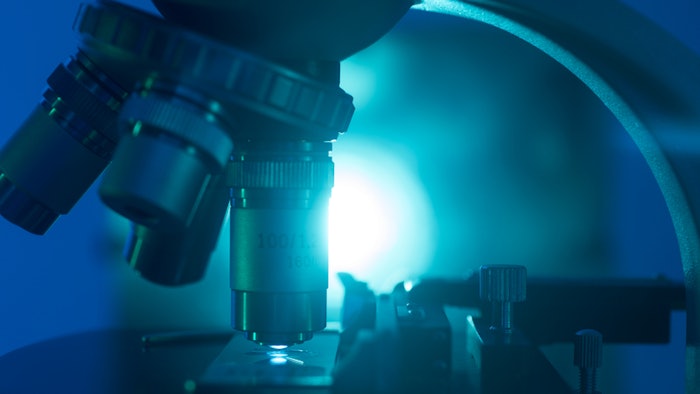
Genemarkers LLC has published "A Reproducible method for assessing the effects of blue light using in vitro human skin tissues" in the International Journal of Cosmetic Science.
As a result of the research, Genemarkers has launched a blue light testing service with a gene expression panel with 52 genes impacted by blue light. They regulate biological pathways such as oxidative stress, inflammation and skin aging.
According to Genemarkers, high-intensity visible light (HEV), also known as blue light, accounts for approximately one-third of visible light. Electronic devices and artificial lighting are top emitters of blue light. Previous research has found that exposure to blue light for periods as short as one hour can have detrimental effects on the skin.
Related: How Blue Light Affects You: Exposure, Insights and Preventative Ingredients
Although the damaging effects of blue light are well-established, the ability to study the impact of blue light on human skin has been limited by a lack of suitable in vitro testing methods.
Using a full-thickness, 3D, in vitro skin tissue model, Genemarkers used varying exposures of blue light to determine the biological effects on human skin. This work demonstrated that daily exposure to blue light produced dose-and-time-dependent changes in the genes associated with skin damage.
The study found that exposure to blue light increased the expression of genes that regulate inflammation and oxidative stress and decreased the expression of genes maintaining the skin barrier and tissue integrity. Exposure significantly increased biomarkers associated with aging and tissue damage. Treatment with ascorbic acid inhibited the effects of blue light, suggesting that topical antioxidants can protect the skin from the deleterious effects of blue light, per Genemarkers.










